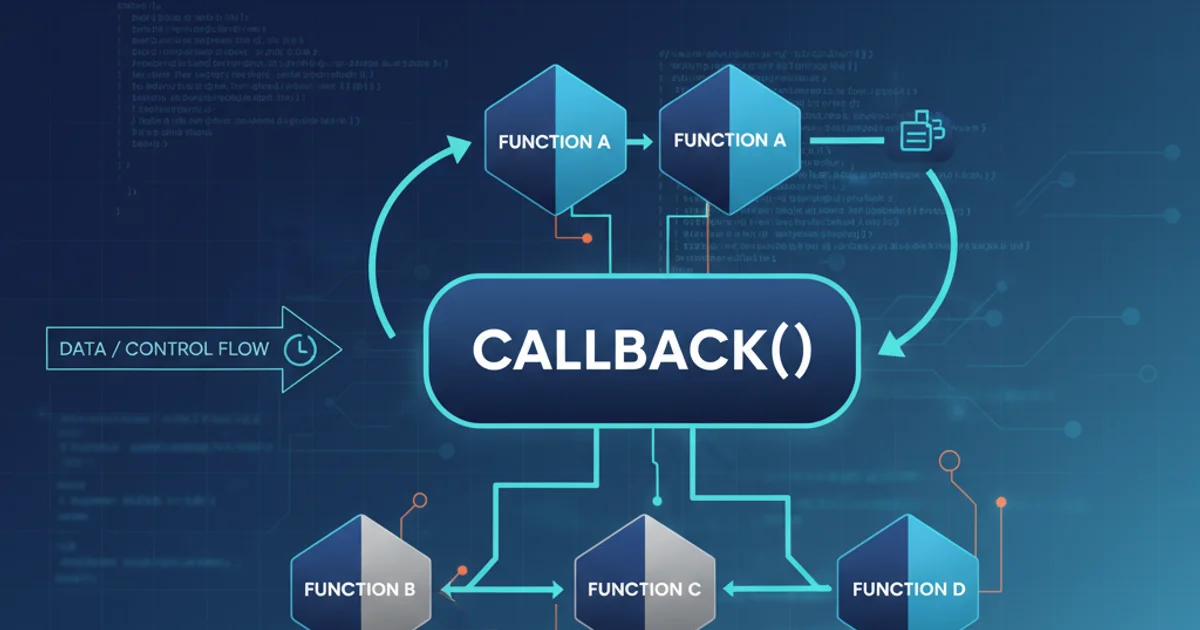What is a callback function?
Categories:
Understanding Callback Functions: A Comprehensive Guide

Explore the concept of callback functions, their purpose, how they work across different programming paradigms, and their practical applications in modern software development.
In programming, a callback function is a function passed into another function as an argument, which is then invoked inside the outer function to complete some kind of routine or action. This fundamental concept is crucial for understanding asynchronous operations, event handling, and functional programming paradigms across various languages.
What is a Callback Function?
At its core, a callback function is a piece of executable code that is passed as an argument to another function. The 'calling' function then executes this 'callback' function at a later point in time, often after completing a specific task or when a particular event occurs. This allows for a form of 'inversion of control' where the called function dictates when and how the passed function is executed.
sequenceDiagram
participant Caller
participant Callee
Caller->>Callee: Call function with callback(myCallback)
Note over Callee: Perform some operation
Callee-->>Caller: Operation complete
Callee->>Caller: Invoke myCallback()
Note over Caller: myCallback() executesSequence diagram illustrating the flow of a callback function.
Why Use Callbacks?
Callbacks are primarily used for:
- Asynchronous Operations: When a function needs to perform a long-running task (e.g., fetching data from a server, reading a file), it can start the task and immediately return, preventing the program from freezing. Once the task completes, the callback is executed.
- Event Handling: In GUI programming or web development, callbacks are used to respond to user interactions (e.g., button clicks, key presses).
- Customization: They allow a function to be more generic, letting the caller define specific actions to be taken at certain points within the function's execution.
- Error Handling: Callbacks can be designed to receive error objects as arguments, providing a standardized way to handle errors in asynchronous code.
async/await to manage asynchronous operations more cleanly.Callback Examples in Different Languages
The concept of callbacks is language-agnostic, though the syntax and common use cases may vary. Here are examples demonstrating callbacks in JavaScript and Python.
JavaScript
function fetchData(url, callback) {
console.log(Fetching data from: ${url});
setTimeout(() => {
const data = Data from ${url};
callback(null, data); // null for no error, data for success
}, 2000);
}
function processData(error, data) { if (error) { console.error('Error:', error); return; } console.log('Processing:', data); }
fetchData('https://api.example.com/users', processData); // Expected output after 2 seconds: // Fetching data from: https://api.example.com/users // Processing: Data from https://api.example.com/users
Python
import time
def perform_task(duration, callback): print(f"Performing task for {duration} seconds...") time.sleep(duration) # Simulate a long-running operation result = f"Task completed in {duration} seconds." callback(result)
def handle_result(data): print(f"Callback received: {data}")
print("Starting Python example...") perform_task(2, handle_result) print("Python example finished.")